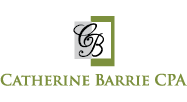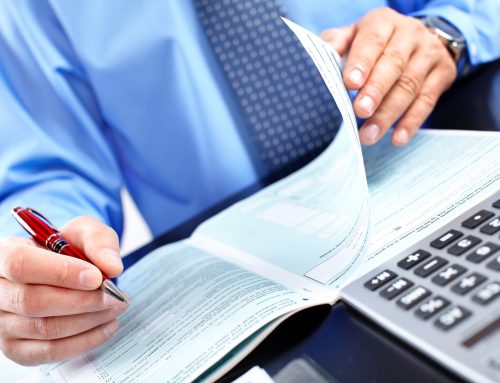Roughly 8.5 million Canadians who collected the $2,000 monthly Canadian Emergency Response Benefit (CERB). And CERB is taxable. You must add CERB income to any other taxable income and pay tax at your marginal rate when you file your 2020 taxes.
The government advised Canadians when they began offering CERB, initiated to help residents during the Covid-19 pandemic, that they should set aside 20% of the benefit, or $400, a month to ensure that they have the funds to pay the CRA.
CERB is taxable at the same rate that your employment and interest income is. You’ll need to pay state and federal tax on CERB. Try this online tax calculator for an estimate of how much you’ll owe. Or you could calculate your CERB tax bill the old school way by taking your federal and provincial tax rate and multiplying the percentage rate by the amount of CERB you received. The following are the federal tax rates for 2020 according to the Canada Revenue Agency (CRA):
- 15% on the first $48,535 of taxable income, and…
- 20.5% on the portion of taxable income over $48,535 up to $97,069 and…
- 26% on the portion of taxable income over $97,069 up to $150,473 and…
- 29% on the portion of taxable income over $150,473 up to $214,368 and…
- 33% of taxable income over $214,368
Why is a government benefit taxed?
It seems odd that the government would hand out money with one hand and take back a portion with another. But taxing CERB is consistent with the way that some other government benefits are taxed, such as Employment Insurance (EI) and Old Age Security (OAS). Would it make more sense for the government to just lower the CERB allowance so they could keep more revenue instead of demanding it back later? Perhaps. It would certainly be easier for Canadians—no accounting, no stress, and no paperwork.
But the government does this, in theory, in order to be fair to each individual’s circumstance. If CERB is your only income all year, for example, then it’s unlikely you won’t be paying anything at all to the CRA since your income may fall under the personal exemption amount. But if CERB is only a small portion of your income, along with interest income, dividend income and a big death benefit in 2020, for example, then you may end up paying back over half.
Since eligibility for CERB is only dependent on low employment or self-employment income, and you’re still allowed to earn money from investments and from some other sources, the government wants to be sure that each Canadian accepting CERB is paying back their required share of taxes based on their overall income.
Tax on the CERB is currently payable when filing taxes, but the benefits that are succeeding CERB in October 2020—the Canada Recovery Benefit (CRB) and the Canada Recovery Caregiving Benefit (CRCB)—will be deducted before payment is issued.
When do I have to pay CERB taxes?
You pay CERB tax whenever you prepare your normal 2020 taxes (that you file in 2021). The deadline for paying taxes owed would normally be April 30, 2021, though an extension is possible.
What if I didn’t set aside taxes for CERB?
If you didn’t set aside taxes for CERB, and you find that you owe a significant amount (unlikely if CERB was your only income) then you’ll still have to figure out a way to pay your taxes.
This situation is similar to most self-employed individuals whose taxes are not deducted at source and have to be very diligent at setting aside taxes from each invoice paid. If they mess up, or dip into their “tax saving account” then they have to scramble to find the money for the CRA each June.
If you are in need of Tax Guidance. Or to help you file this year, or past years.
Please call me for a free consultation at 705-719-7778






